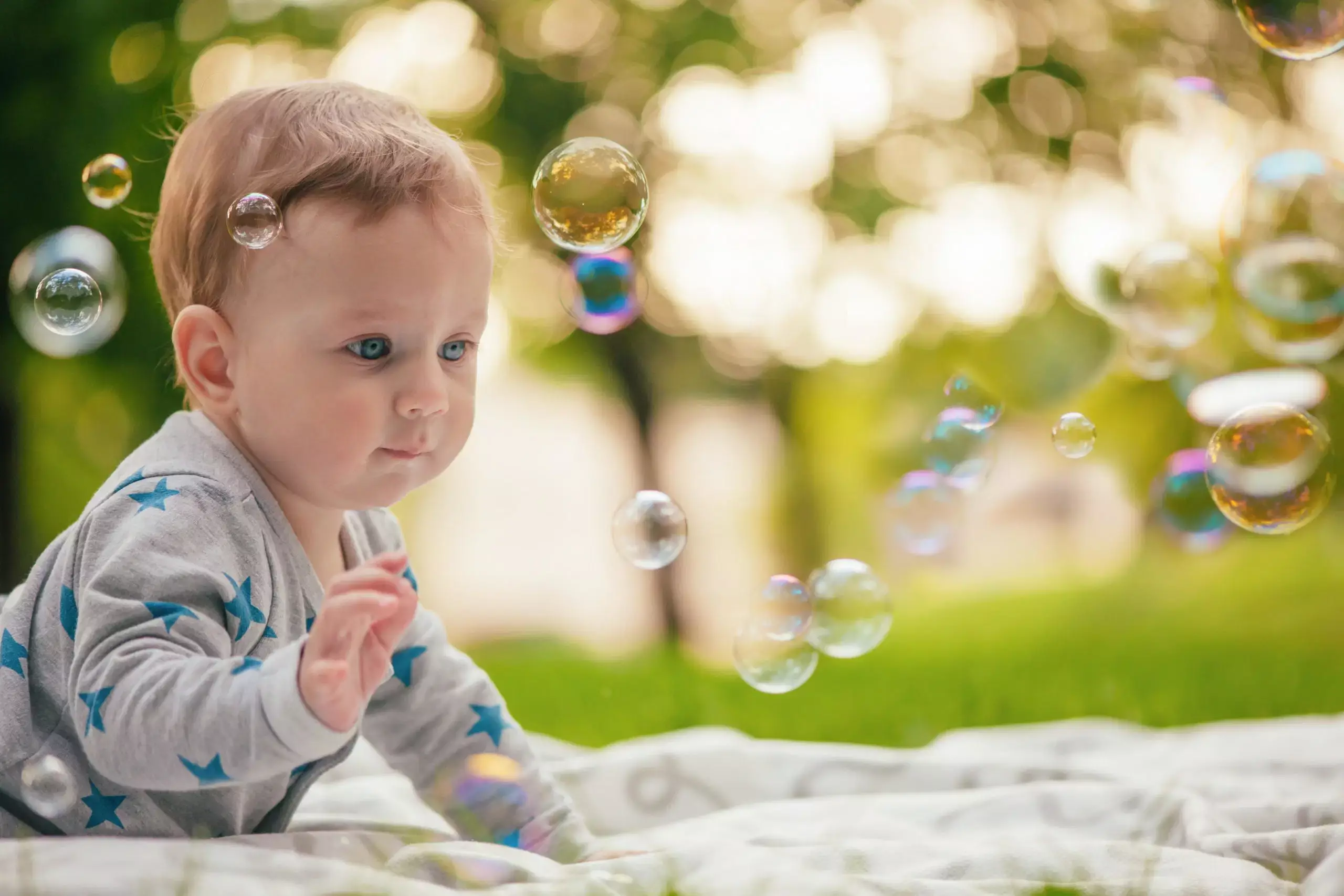Sensory play is a critical aspect of childhood development that can significantly impact a child’s cognitive, emotional, and physical growth. This form of play engages a child’s senses—sight, sound, touch, taste, and smell—allowing them to explore and understand their environment. The importance of sensory experiences in the lives of babies and toddlers cannot be overstated; they provide invaluable opportunities for exploration and interaction. By engaging with different materials and stimuli, children learn about the world around them and begin to develop essential skills needed for later life.
The advantages of sensory play stretch beyond mere entertainment. Engaging in sensory-rich experiences facilitates brain development, enhances motor skills, and promotes social interactions. For young children, each sensory experience contributes to their learning journey. For instance, manipulating various textures helps hone fine motor skills. At the same time, engaging with other children during sensory activities supports social skills such as sharing, collaboration, and turn-taking.
Moreover, sensory play encourages language development. As caregivers describe the textures, colors, or movements experienced during play, children’s vocabularies expand. The interplay between sensations and spoken language fosters a deeper understanding of words and enhances communication skills. This foundational experience aids in cognitive development as children begin to categorize and make sense of their experiences.
With the arrival of summer, endless possibilities for sensory play emerge. Outdoor activities not only introduce fresh air and sunshine but also offer abundant opportunities for sensory exploration. A prime example is utilizing a water table, where young children can splash, pour, and experiment with water without the mess typically associated with such activities. This kind of water play can help infants and toddlers practice essential skills like hand-eye coordination while simultaneously enjoying the sensory delight of water gliding through their fingers.
Another enjoyable outdoor sensory experience involves creating a picnic scenario. Laying a blanket in a shady spot allows babies to comfortably engage in activities such as tummy time. Simple interactions like playing peekaboo or singing songs can foster auditory skills while simultaneously enhancing social bonds between caregiver and child.
As children grow, tailoring sensory experiences to their developmental stage becomes crucial. For babies aged six to twelve months, you can introduce activities that stimulate tactile and visual awareness. For example, waving a scarf in the air and letting it flutter gently onto their back not only introduces new textures but also encourages exploration through gentle movements.
When it comes to reading, infants are beginning to recognize that pictures represent real objects. Incorporating board books with vibrant illustrations offers an exciting way for babies to engage with stories. They may react by reaching out or vocalizing in response, which reinforces their emerging understanding of communication.
Food can also serve as a delightful medium for sensory play. Messy activities are often the most memorable and engaging. Allowing toddlers to explore different food textures can be particularly rewarding. Simple activities like cooking spaghetti or creating a gelatin “excavation” allow children to experiment with various textures while having fun. Not only does this encourage sensory exploration, but it also introduces children to safe culinary experiences.
Finger painting is another exciting avenue of creativity and sensory interaction. Using edible finger paints made from yogurt and food coloring allows toddlers to create while keeping safety a priority. This imaginative form of art encourages self-expression and enhances fine motor skills.
Sensory tubs filled with materials like rice, dried beans, or foam shapes are great for fostering independent play. Such environments can be easily adapted based on a child’s preferences. Activities involving scooping, pouring, and measuring amplify the sensory experience, as toddlers enjoy the sounds, sights, and tactile sensations of moving materials.
To amplify the joy of water play, consider crafting a DIY water station at home using simple plastic bins. By incorporating household items like sponges, cups, and various water toys, you can create another engaging sensory environment that promotes learning and play together.
The importance of sensory play for babies and toddlers is profound. These experiences lay the groundwork for cognitive, emotional, and physical development while nurturing essential social skills. With so many diverse opportunities for exploration, every moment can be turned into a valuable learning experience, making sensory play an integral part of every child’s early developmental journey.

